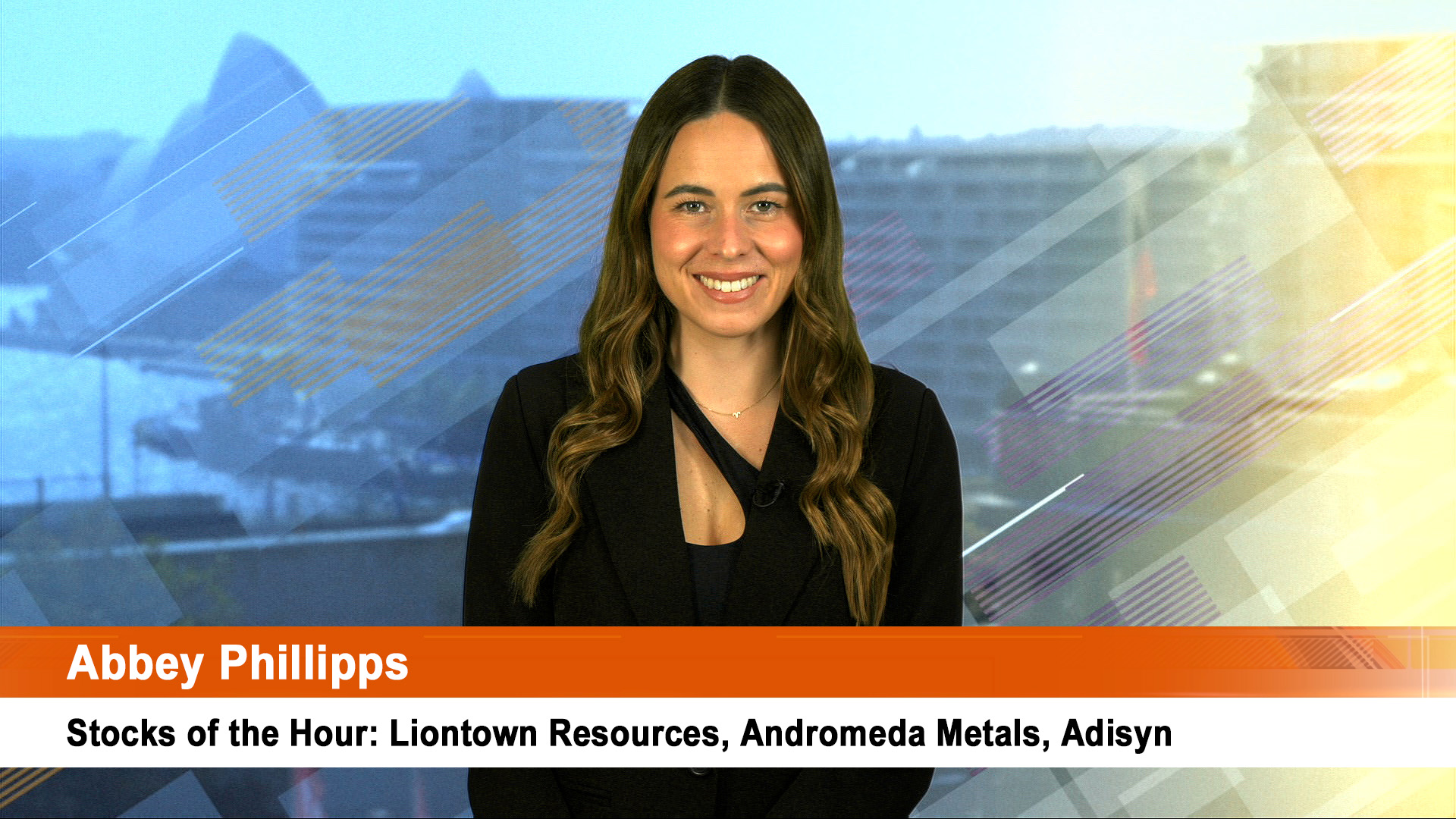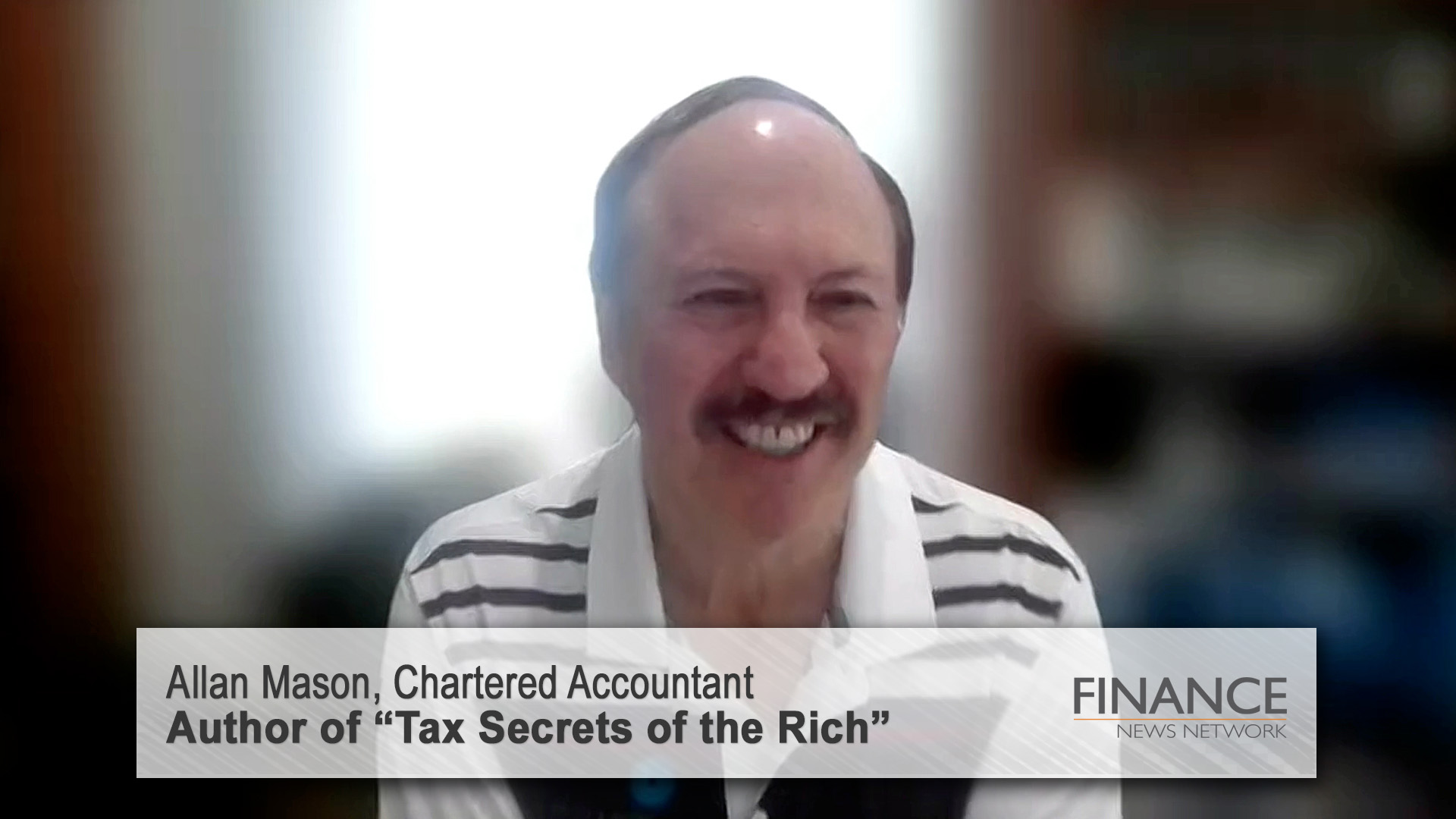Housing rated a substantial mention in yesterday's speech by the Governor of The Reserve Bank, Glenn Stevens.
It fact the mention was interesting for the warning buried within the comments: if housing recovers to anywhere near normal levels of activity, the strain on resources, labour and materials, would have to be addressed by the RBA.
And that could mean higher interest rates.
"The number of dwellings being built looks to be below what is normally thought to be underlying demand arising from population growth and household formation," he told his Brisbane lunch.
"At some stage, therefore, it will probably need to pick up, adding to demand for labour in the construction sector and to demand for raw materials.
"There are nearly a million people working in construction, broadly defined as by the ABS, a rise of about 50 per cent from six years ago.
"Perhaps there is some further supply of labour available, but realistically there could well be a need for other types of private construction activity to tail off, so as to release some productive resources to accommodate (no pun intended) higher rates of dwelling construction.
"The intended further step-up in public infrastructure projects at the State level could also put some pressure on the engineering sector, unless private infrastructure projects also tail off."
In other words we couldn't afford a housing recovery right now and if it happened, watch interest rates.
So it's a good thing at the moment that housing is sluggish because it has freed up labour and materials for the booms in resources, civil engineering and infrastructure.
If the building industry is to recover, another part of the sector will have to weaken.
But with various state governments drawing up lists of infrastructure projects that will be started over the next five years, and the resources boom expected to continue powering along, it's hard to see housing breaking out of the doldrums without forcing the RBA to worry about more rate rises.
And yet, even though housing is sluggish, the shortfall between underlying demand and supply of new stock, is growing to a point where activity will pick up.
The drivers are the general high level of activity and confidence in the economy, high immigration levels, rising incomes, desperate lending institutions and a shortage that is driving rental costs higher and higher.
There's been a series of hints in figures from the industry and official sources this past week, giving a suggestion that various factors are moving into place which could produce a housing recovery in the bigger states of NSW and Victoria.
While interest rates and affordability remain the biggest concerns, the pressure is growing (WA, and Queensland are not sluggish).
A series of figures out in recent days suggest that the principal driver will be the combination of high immigration levels (and internal movement within Australia) and the shortage of affordable accommodation.
Immigration over the next year from all sources (permanent, students, '457 work visas' and family reunions) could total as much as 300,000.
That's accounting for around half our population growth annually now, which in turn has been boosted by five years of rising birth rates.
With shortfalls between underlying demand and actual housing built over the past five years, pressure is building for another sharp rise in activity.
The Housing Industry Association Wednesday revealed that new home sales rose modestly in April, but the level remains considerably lower than a year ago.
The HIA's New Home Sales figures showed a rise of 7.1 per cent for the sale of new homes and units among Australia's largest builders and developers in April, with sales totalling 8,776 dwellings in the month.
Private detached house sales increased by 7.2 per cent after a flat result in March while the sale of multi-units rose by 6.5 per cent following two consecutive down months.
The HIA said that sales were up over the three months to April, but were still 14 per cent lower than in the same three months of 2006.
Now that's not a sign of gathering strength, but the figures show we are still not building enough houses, units etc to meet demand and the shortfall is expanding.
HIA Chief Economist, Harley Dale, said in a statement that a sustained recovery in new home building was yet to emerge.
"A strengthening economy is reflected in a recovery in the established housing market," Mr Dale said.
"We have, however, seen housing affordability continue to fall in early 2007 and a lack of action to redress the on-going slide is preventing the residential construction market from displaying the same signs of life as established housing," he added.
………
Meanwhile the Real Estate Institute of Australia's March quarter data released last week highlighted the rising undersupply of housing and that's where the pressure is coming on prices.
This undersupply is driving rents higher and prices are starting to edge up in NSW, Victoria and Queensland.
The REIA puts the current underlying demand for houses at 160,000 to 175,000 a year, which is significantly over the 142,000 built last year, according to the RBA.
The Institute said smaller house sizes were helping drive demand faster than population growth.
This was coming from smaller family sizes and the aging population.
It noted that the growth in housing demand of 9.4 per cent over the last 5 years had outstripped population growth of 6.2 per cent.
March Quarter vacancy rates ranged from 0.8-2.3 per cent, well below the REIA's 20-year average of 3.7 per cent.
Rentals in March were up 5.3 per cent on average across Australia.
……………
Figu













